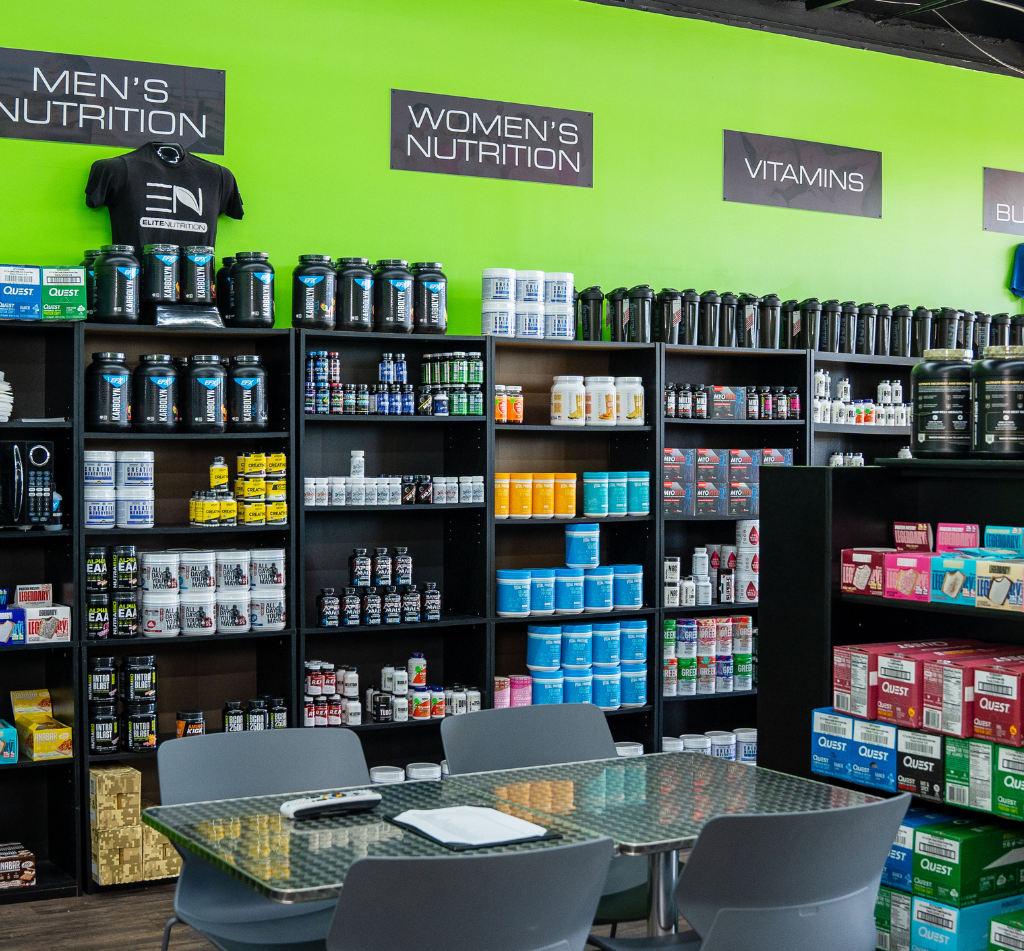Sports nutrition degrees
Among athletes, nutrition plays an important role since the regimen and composition of the diet are associated with success in sports . Concerns about weight and body shape strongly influence food choices for the general population and have a similar effect on athletes, where attempts to achieve their goals are associated with external data on physique, weight, and performance https://low-deposit-casino.com/. Factors affecting food choices can differ depending on an athletes priorities, as sports participants can range from recreational (leisure or recreational sports) to elite (national or international competition) .
Taurine has become a popular supplement among athletes attempting to improve performance. While the effectiveness of taurine as an ergogenic aid remains controversial, this paper summarizes the current evidenc…
We know your time is valuable and there are not enough hours in the day. The Fuel to Rise™ platform saves time for sports dietitians, allowing them to serve more athletes, and provides a resource to programs with few or no nutrition support staff.
Elite sports nutrition
That’s because you’ll improve your ability to gain strength, muscle, and endurance, recover faster between workouts and competitions, heal more quickly from injuries, and perform your best when it matters most.
This guide to eating healthy on a budget can be a useful resource, but if you’re a coach who’s working with an athlete, it can also help to understand the problems presented by “food deserts” and “food insecurity.”)
Just answer each question, and in less than a minute, you’ll have a sports nutrition plan that’s 100 percent customized for your goals, including the amount of calories, protein, carbs, and fat you should eat.
That’s because you’ll improve your ability to gain strength, muscle, and endurance, recover faster between workouts and competitions, heal more quickly from injuries, and perform your best when it matters most.
This guide to eating healthy on a budget can be a useful resource, but if you’re a coach who’s working with an athlete, it can also help to understand the problems presented by “food deserts” and “food insecurity.”)
International society sports nutrition
In alignment with our previous position stand, it is the position of the International Society of Sports Nutrition that the majority of exercising individuals should consume at minimum approximately 1.4 to 2.0 g of protein per kg of bodyweight per day to optimize exercise training induced adaptations. Importantly, this recommendation also falls within the Institute of Medicine’s Acceptable Macronutrient Distribution Range (AMDR) of 10–35% protein . The amount is dependent upon the mode and intensity of the exercise, the quality of the protein ingested, as well as the energy and carbohydrate status of the individual. However, it should be noted that there is preliminary evidence that consuming much higher quantities of protein (> 3 g/kg/d) may confer a benefit as it relates to body composition. Concerns that protein intake within this range is unhealthy are unfounded in healthy, exercising individuals. An attempt should be made to consume whole foods that contain high-quality (e.g., complete) sources of protein; however, supplemental protein is a safe and convenient method of ingesting high-quality dietary protein. The timing of protein intake in the period encompassing the exercise session may offer several benefits including improved recovery and greater gains in lean body mass. However, perhaps the most important issue regarding protein intake during the peri-workout period is that it serves as an opportunity to eat thus elevating one’s total daily protein intake. In addition, consuming protein pre-sleep has been shown to increase overnight MPS and next-morning metabolism acutely along with improvements in muscle size and strength over 12 weeks of resistance training. Intact protein supplements, EAAs and leucine have been shown to be beneficial for the exercising individual by increasing the rates of MPS, decreasing muscle protein degradation, and possibly aiding in recovery from exercise. In summary, increasing protein intake using whole foods as well as high-quality supplemental protein sources can improve the adaptive response to training.
Beyond accretion of fat-free mass, increasing daily protein intake through a combination of food and supplementation to levels above the recommended daily allowance (RDA) (RDA 0.8 g/kg/day, increasing to 1.2–2.4 g/kg/day for the endurance and strength/power athletes) while restricting energy intake (30–40% reduction in energy intake) has been demonstrated to maximize the loss of fat tissue while also promoting the maintenance of fat-free mass . The majority of this work has been conducted using overweight and obese individuals who were prescribed an energy-restricted diet that delivered a greater ratio of protein relative to carbohydrate. As a classic example, Layman and investigators randomized obese women to consume one of two restricted energy diets (1600–1700 kcals/day) that were either higher in carbohydrates (>3.5: carbohydrate-to-protein ratio) or protein (<1.5: carbohydrate-to-protein ratio). Groups were further divided into those that followed a five-day per week exercise program (walking + resistance training, 20–50 min/workout) and a control group that performed light walking of less than 100 min per week. Greater amounts of fat were lost when higher amounts of protein were ingested, but even greater amounts of fat loss occurred when the exercise program was added to the high-protein diet group, resulting in significant decreases in body fat. Using an active population that ranged from normal weight to overweight (BMI: 22–29 kg/m2), Pasiakos and colleagues examined the impact of progressively increasing dietary protein over a 21-day study period. An aggressive energy reduction model was employed that resulted in each participant reducing their caloric intake by 30% and increasing their energy expenditure by 10%. Each person was randomly assigned to consume a diet that contained either 1× (0.8 g/kg), 2× (1.6 g/kg) or 3× (2.4 g/kg) the RDA for protein. Participants were measured for changes in body weight and body composition. While the greatest body weight loss occurred in the 1× RDA group, this group also lost the highest percentage of fat-free mass and lowest percentage of fat mass. The 2× and 3× RDA groups lost significant amounts of body weight that consisted of 70% and 64% fat mass, respectively.
The primary nutritional challenge facing endurance runners is meeting the nutrient requirements necessary to optimize the performance and recovery of prolonged training sessions. Supplement intake is a commonl…




